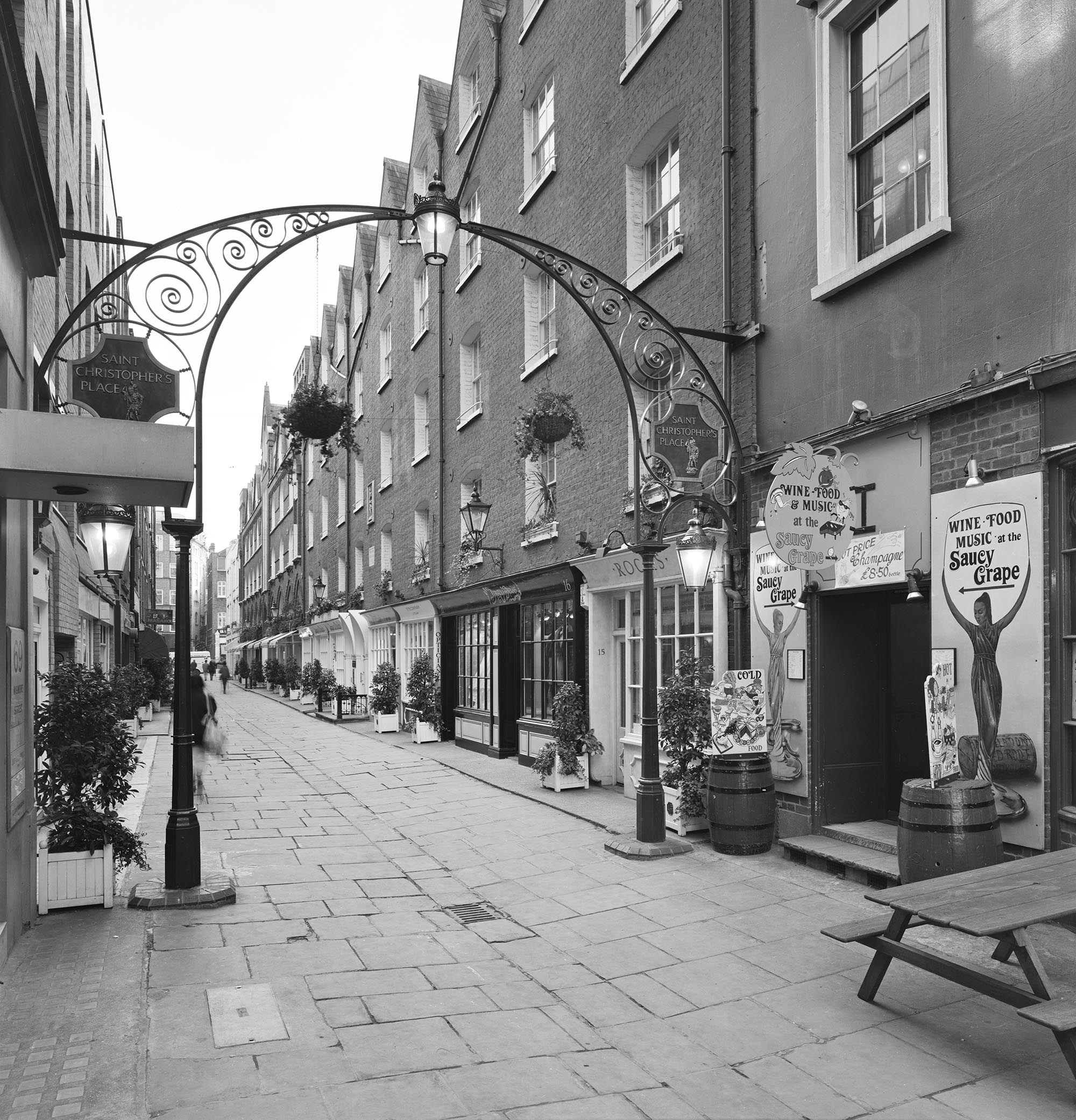Research fills in the gaps left by previous generations' recording of history revealing a host of fascinating and inspirational stories.
Housing: Pioneers of Change
Women had a major impact on housing in the late 19th and early 20th centuries. Early in the era, Octavia Hill began to overhaul housing, and she ensured that women would drive improvement.
Harsh conditions
Writing of Paradise Place (now Garbutt Place), Marylebone, London W1 Octavia Hill demonstrated the horror of Victorian slums she faced with her first attempt at housing reform in 1865:
The plaster was dropping from the walls, on one staircase a pail was placed to catch the rain that fell through the roof. All the staircases were perfectly dark, the banisters were gone, having been used as firewood by the tenants.
Hill thought there needed to be co-operation between tenant and landlord; the landlord should provide a habitable property, and the tenant should maintain it.
She insisted that not only could these interdependent communities be financially viable, but that they were the best way to achieve social harmony.
Her theory was tested when her supporters purchased slum properties for her to manage. These included Freshwater Place (1866), and Barrett's Court (now St Christopher's Place) (1869/1882), Marylebone, London W1.
New buildings were designed as houses, rather than blocks of flats. These including the model cottages with gardens at Ranston Street, Paddington, NW1.
For Hill, gardens and open spaces were needed for people's health, so her two passions coincided from 1886 when she created the Redcross Cottages, Gardens and Hall in Southwark.
Funding came from Lady Jewson and Lady Jane Dundas. Emmeline Sieveking was the gardener, and Julia Minet created a mosaic for the Hall based on a design by Lady Waterford.
Building a movement
On her death, Hill controlled 2,000 tenancies for private landlords and the Ecclesiastical Commissioners, with women operating her housing management system at home and abroad. In 1931, 'The Times' reported that Westminster City Council, for example, was building 600 new flats based on Hill's system.
Her professional employment path for women was formalised in the Society of Women Housing Workers (later Managers), 1916 which continued until a 1965 merger with the men's organisation to become the Chartered Institute of Housing in 1965.





